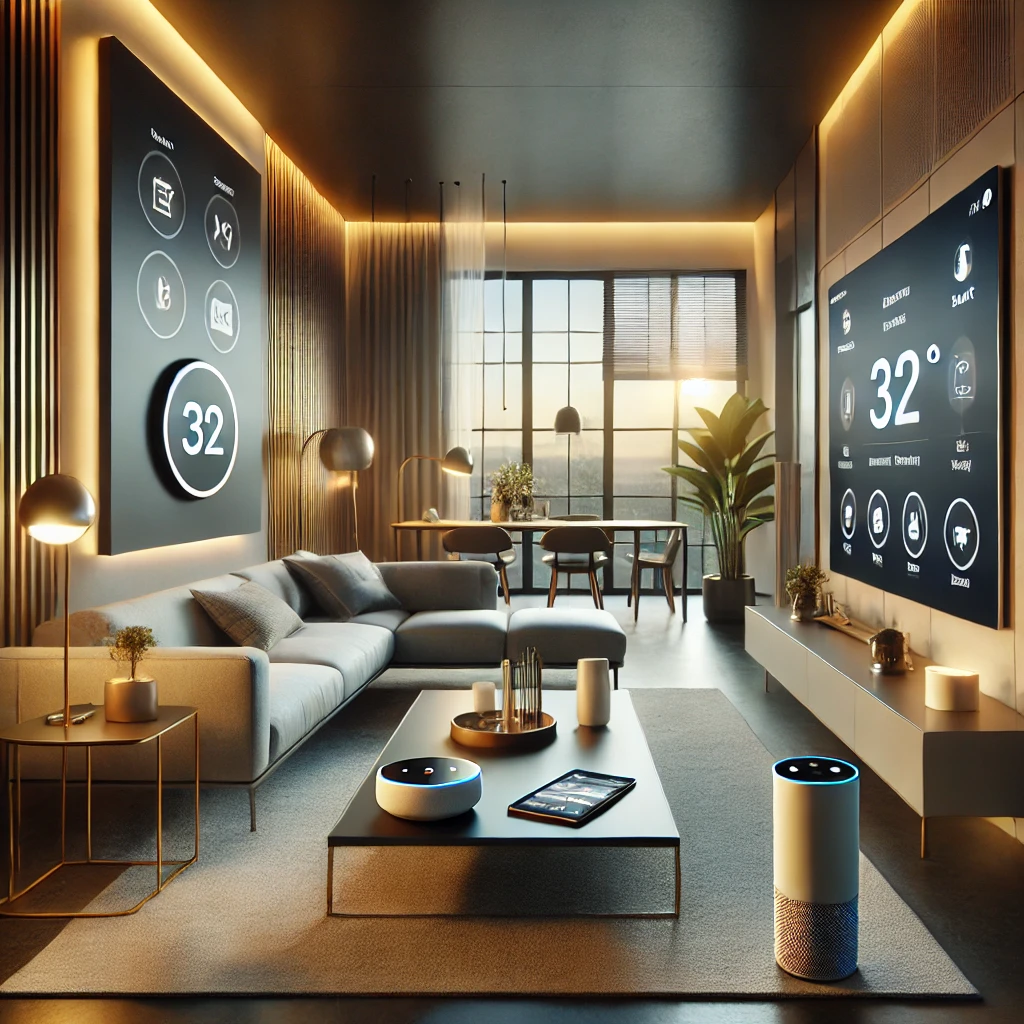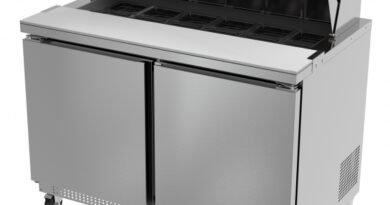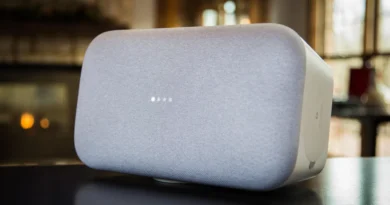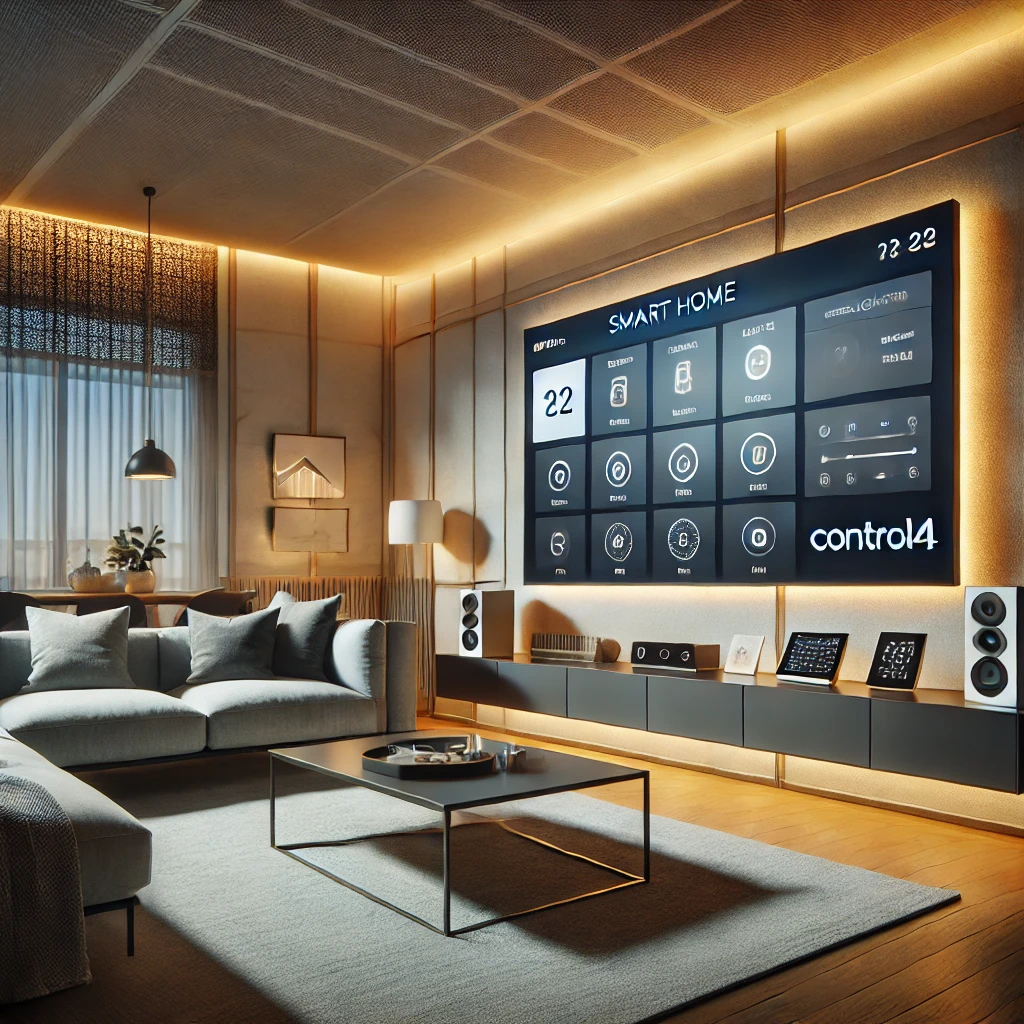Domotics Home: A Comprehensive Guide to Smart Living
The concept of a domotics home represents a synthesis of advanced technology, automation, and seamless control systems tailored for modern residences. As the forefront of the smart home revolution, domotics homes integrate various devices, appliances, and management systems into a unified network, empowering homeowners to manage and control their living environments with unprecedented precision and efficiency. With its roots deep in the fields of artificial intelligence, the Internet of Things (IoT), and automation, the domotics home is not merely a convenience but a transformative approach to residential living.
Understanding the Concept of Domotics Home
The term “domotics” originates from the fusion of the Latin word domus, meaning house, and robotics, thus creating a paradigm that emphasizes automation within the home. A domotics home, therefore, signifies a dwelling wherein all aspects, from lighting and climate control to security and entertainment, are intelligently interconnected. This integration allows for the optimization of daily routines and the enhancement of comfort through automation, making life simpler, safer, and more efficient. The philosophy behind the domotics home is to provide a comprehensive system that understands and anticipates the needs of its occupants.
Evolution of Domotics Home Technology
The concept of the domotics home has evolved significantly since the inception of simple automated systems in the mid-20th century. Early efforts focused on automating basic functions like lighting or simple programmable thermostats. However, as digital technologies advanced, so did the capabilities of domotics systems. The advent of IoT (Internet of Things) has been particularly instrumental in shaping today’s domotics home, enabling devices to communicate seamlessly. This evolution has led to homes where sensors, appliances, and control systems form an intelligent ecosystem, all managed through centralized interfaces or even voice commands.
Key Components of a Domotics Home
A domotics home comprises several interconnected systems that work in tandem to offer an enhanced living experience. These components include:
Home Automation Systems
Home automation systems form the backbone of a domotics home, allowing homeowners to program and control their devices. Through centralized systems like smart hubs, users can integrate various elements such as lighting, heating, and security systems. Home automation systems ensure that each device operates efficiently and cohesively, providing the convenience of controlling everything from a single platform, be it a smartphone or a dedicated control panel.
Smart Lighting Solutions
Smart lighting is a critical feature in any domotics home. It enables homeowners to adjust lighting according to time, mood, or activity, thereby reducing energy consumption. Using intelligent algorithms and sensors, smart lighting systems can automatically turn off lights in unoccupied rooms or adjust brightness levels based on natural light availability. This not only contributes to energy efficiency but also enhances ambiance, making a home more welcoming and aesthetically pleasing.
Climate Control and HVAC Systems
Domotics homes often feature advanced climate control systems that adjust the heating, ventilation, and air conditioning (HVAC) according to the occupants’ preferences. These systems use sensors to monitor room temperature, humidity levels, and even the number of people present, thereby creating a comfortable environment while minimizing energy wastage. Some domotics systems are capable of learning from users’ habits, gradually optimizing their settings for maximum comfort and efficiency.
Security and Surveillance
Security remains a paramount concern for homeowners, and domotics homes are well-equipped to address this need. With intelligent security systems, users can monitor their property through real-time surveillance, automated locks, motion sensors, and even facial recognition technology. A domotics home can send alerts directly to a smartphone in case of unusual activity, ensuring that homeowners are always aware of the security status of their premises, even when they are miles away.
Intelligent Home Entertainment
A domotics home extends beyond utility; it also enhances the entertainment experience. Smart home theaters, multi-room audio systems, and integrated media controls allow users to enjoy their favorite music, movies, and shows in a highly customized manner. With voice-activated controls and pre-set preferences, homeowners can tailor their entertainment options with ease, offering a cinematic experience within the comfort of their living rooms.
The Role of IoT in Domotics Home
The Internet of Things (IoT) plays a crucial role in the functionality of domotics homes, facilitating seamless communication between devices. IoT devices in a domotics home gather data from their environment, allowing them to interact and perform automated actions based on pre-set rules or real-time inputs. For example, a smart thermostat can detect when the home is empty and adjust the temperature accordingly, reducing energy consumption. This interconnectedness provided by IoT ensures that a domotics home is not a collection of isolated smart gadgets but a unified, intelligent system.
Advantages of a Domotics Home
Enhanced Energy Efficiency
One of the most significant benefits of a domotics home is energy efficiency. With the ability to control lighting, heating, and appliance usage through automation, homeowners can drastically reduce their energy consumption. Smart meters and real-time monitoring also allow users to identify areas of high energy usage and make necessary adjustments, leading to lower utility bills and a reduced carbon footprint.
Increased Security
A domotics home provides unparalleled security features. From automated door locks to surveillance cameras that send alerts upon detecting unusual activity, the integration of advanced security systems ensures that the home remains protected at all times. This level of automation allows for the creation of customized security protocols, such as automatically locking doors or turning on exterior lights when motion is detected.
Improved Convenience
The convenience of managing an entire home through a single interface cannot be overstated. In a domotics home, homeowners can control appliances, adjust settings, and monitor activities remotely, making everyday life significantly more manageable. Whether it’s adjusting the thermostat before arriving home or ensuring that the security system is armed when away, the ability to control a home from virtually anywhere is a major advantage.
Customization and Personalization
A domotics home offers the unique ability to personalize settings according to individual preferences. From adjusting the mood lighting to setting music playlists, the ability to tailor the living experience is virtually limitless. This customization extends to other aspects such as automated routines for morning or bedtime, ensuring that the home environment perfectly aligns with the lifestyle of its occupants.
Challenges in Adopting Domotics Home Technology
Despite its many benefits, the adoption of domotics home technology is not without challenges. High initial costs and the complexity of setting up an integrated system can deter some homeowners. Moreover, issues related to cybersecurity pose significant risks, as any connected device can potentially become a target for hackers. However, advancements in encryption and secure communication protocols are steadily addressing these concerns, making domotics homes more secure.
The Future of Domotics Home Technology
The future of domotics home technology looks promising as new innovations continue to emerge. Artificial intelligence (AI) is increasingly being integrated into home automation systems, allowing for deeper learning and more intuitive control. Future domotics homes are expected to feature more advanced AI-driven algorithms that can anticipate user needs even before they are expressed. Additionally, the integration of 5G technology is likely to further enhance the connectivity and response times of IoT devices within a domotics home.
Building a Domotics Home: What You Need to Know
Constructing a domotics home requires careful planning and consideration of various factors, including the layout of the house, the types of devices to be integrated, and the control interfaces that will be used. Key considerations include:
Choosing the Right Control Hub
A control hub acts as the central point through which all devices communicate in a domotics home. Choosing the right hub, such as those provided by industry leaders like Amazon Alexa, Google Home, or Apple HomeKit, is crucial for ensuring compatibility and ease of use. The control hub must support the communication protocols of all the devices intended for use in the domotics home.
Integration of Compatible Devices
Not all smart devices are compatible with every domotics system, which makes it important to select products that can seamlessly integrate with the chosen control hub. This ensures that the devices can communicate without issues and that they can be controlled through a single platform. Compatibility is key to achieving a smooth, automated experience within a domotics home.

Ensuring Network Security
A domotics home relies heavily on wireless networks for communication between devices. Ensuring the security of these networks is paramount to protecting the home from potential cyber threats. Using strong encryption, regularly updating software, and employing firewalls are essential steps in maintaining a secure environment for all connected devices.
Essential Technologies Driving Domotics Homes
Several technologies are instrumental in the functionality and success of a domotics home:
Artificial Intelligence (AI)
AI plays a central role in making a domotics home truly “smart.” Through AI, systems learn the behavior and preferences of the home’s occupants, adjusting settings automatically for optimal comfort and efficiency. This learning ability allows for predictive actions, such as adjusting the thermostat when a certain time of day is approaching or dimming the lights when the television is turned on.
Machine Learning (ML)
Machine Learning is closely related to AI and is used to analyze patterns in data collected by a domotics home’s sensors. By identifying these patterns, ML enables the home to adapt its behavior over time. For instance, a machine-learning algorithm could determine the ideal times to activate heating based on the homeowner’s habits, thereby minimizing energy usage while maintaining comfort.
Cloud Computing
Cloud computing allows for the storage and processing of vast amounts of data collected from a domotics home. This data can be accessed remotely, enabling homeowners to monitor and control their home from anywhere. The cloud also facilitates software updates for smart devices, ensuring that they remain up-to-date with the latest security features and functionalities.
Edge Computing
Unlike cloud computing, which processes data in a centralized location, edge computing processes data closer to where it is generated. This reduces latency, making a domotics home more responsive to commands. For example, a smart doorbell using edge computing can recognize a familiar face in real-time without relying on a remote server.
Environmental Impact of Domotics Homes
Domotics homes can significantly reduce the environmental footprint of households by optimizing energy use and integrating renewable energy sources. Solar panels, combined with intelligent energy management systems, can power a home while automatically adjusting consumption based on the availability of sunlight. This integration contributes to a greener lifestyle, aligning with global efforts toward sustainability.
Frequently Asked Questions About Domotics Home
What is a domotics home? A domotics home is an advanced type of smart home that integrates various automation systems to control and manage lighting, climate, security, and other aspects of a household through a unified network.
How does a domotics home differ from a regular smart home? While both concepts involve automation, a domotics home is often more comprehensive, integrating multiple smart systems into a cohesive and intelligent network that offers centralized control and greater inter-device communication.
Can I convert my existing home into a domotics home? Yes, existing homes can be upgraded into domotics homes through the installation of smart devices, a compatible control hub, and possibly rewiring to support IoT devices and automation protocols.
What is the cost of setting up a domotics home? The cost varies greatly depending on the scope of automation and the brands of devices chosen. Basic setups can start at a few hundred dollars, while fully integrated systems may require a more significant investment.
Is a domotics home safe from hackers? While no system is completely immune, a domotics home can be secured through the use of strong encryption, regular software updates, and secure network protocols, reducing the risk of unauthorized access.
What types of devices can be integrated into a domotics home? A domotics home can integrate a wide range of devices including smart lighting, thermostats, security cameras, voice assistants, entertainment systems, and more.
Conclusion: Embracing the Domotics Home Lifestyle
The advent of the domotics home signifies a leap forward in residential living, transforming traditional dwellings into sophisticated, self-regulating environments. The combination of automation, connectivity, and advanced technology offers not just convenience but a reimagined lifestyle that aligns with the demands of the digital age. Whether it is through optimizing energy use, providing advanced security, or tailoring the ambiance to one’s liking, the domotics home is a testament to how technology can improve the quality of life. For those who seek a future-ready living experience, adopting the domotics home lifestyle is not just an upgrade—it is a vision realized.



